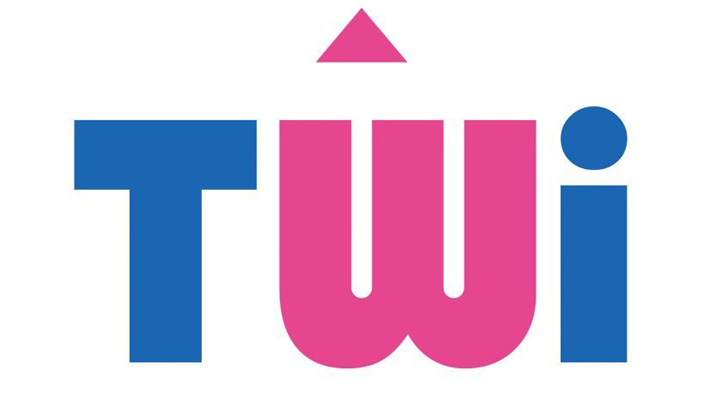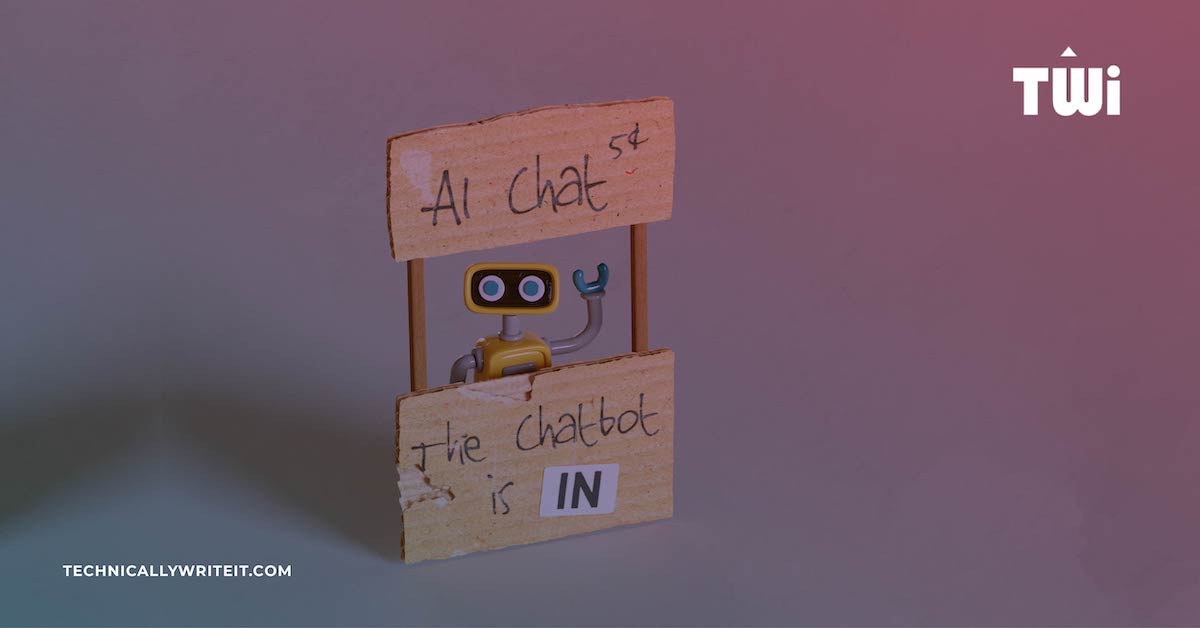Good process documentation tells the story of an organisation. All businesses are comprised of sets of interrelated processes, the reliability and repeatability of which hinge on the quality of the process documentation. We’d like to share some insights on how strengthening the narrative of your organisation’s processes can help you achieve your business goals.
This post is an abbreviated version of the article ‘The art of process narrative‘ published in the Summer 2017 issue of Communicator.
Process Narratives
A process owner on a process documentation project recently commented that we’d done a nice job of telling her process as a story. This struck us as an apt way to describe process content development and explain its core elements.
Storytelling plays an important role in making technical content accessible. If technical content doesn’t contain some key elements that give it shape, it’s meaningless. And if it isn’t delivered in a way that’s appropriate to the audience, it’s useless. Therefore, process documentation must draw on key story elements to effectively deliver the intended message to the audience. It must create a clear, coherent narrative that follows an ordered structure.
Fundamentally, a process is a self-contained narrative that conveys meaning. It may be enriched by reading other closely-related process narratives, but every process must be capable of being read as a standalone text.
A coherent process narrative is achieved by clearly establishing some key elements:
- Setting
- Plot
- Character
- Illustration
These elements make process documentation more appealing and readable. They also help to clarify information for the different audiences who need to read a process narrative. These audiences may require varying levels of information about the activities described, depending on their organisational role and level of experience.
Presenting a process as a story enables audiences to understand how it works in practice (similarly to the way user stories help agile development teams understand customer requirements and experiences).
Setting
The setting forms a vital part of the context for any story. Every process narrative should have a clear setting, that is, the timeframe and location in which the process happens. Although this might seem like basic information about a process, it’s not always straightforward.
Setting is particularly important in large or multinational organisations where a process can unfold across multiples sites over a period of several months or years. Examples of typical multi-site processes include the development of a drug product formulation, the performance of product testing, or the movement of goods within a supply chain.
Plot
The process ‘plot’ is the sequence or flow of events involved. Process narratives need a clear start and end, and the activities involved must be ordered appropriately to ensure a successful outcome or output. A typical narrative plot unfolds in chronological sequence, and many process narratives also work like this. However, in some cases, certain parts of a process may occur in parallel. Alternatively, the flow of events in a process may vary depending on the outcome of particular actions or process steps.
Outlining the process plot can offer opportunities for process improvement and time-saving through:
- Introducing more effective information management practices
- Questioning the order or sequence of process steps
- Eliminating unnecessary process activities
- Creating leaner, more refined processes
Character
Every process has a distinct cast of characters: the parties that are responsible for carrying out the process activities and are accountable for its successful completion. Writing an effective process narrative involves identifying these characters and their roles in the process plot. Identifying the roles and responsibilities of accountable characters is particularly important in larger organisations where processes are often performed collaboratively across functions, departments, and even time zones.
A good process narrative reveals the actions that must be completed by each party, when they need to complete them, and what exactly these actions entail. In practice, this means that the process is more likely to flow smoothly and on time. In turn, this helps to:
- Avoid conflict and reduce human error.
- Improve overall quality and operational efficiency.
- Reduce waste (or in Lean lingo, ‘muda‘).
Illustration
Illustrations are used to illuminate and enrich the narrative experience, and they can often shape the reading or interpretation of a story. Accordingly, within a process narrative, the inclusion of process maps or other diagrams enhances meaning and strengthens process knowledge by:
- Clarifying the flow of events in the process (the workflow or process plot) and the timeline
- Identifying the various characters or parties involved in performing the process
- Illustrating complex activities involved in the process
- Showing the relationship of the process to other processes
- Locating the process within a broader process hierarchy
Effective Process Documentation
Ultimately, the purpose of all process narratives is to foster process knowledge and improve the workings of the organisation as a whole. The effective use of story elements results in process documentation that helps multiple audiences to perform their work more efficiently and easily. Furthermore, such process narratives reveal how the actions of these audiences fit within the bigger organisational picture.
To be effective, process documentation must be clearly and consistently structured and contain the narrative elements of setting, plot, character, and illustration. Developing more effective process narratives enables you to:
- Document organisational activities systematically.
- Elucidate process roles and responsibilities across departments and organisational sites.
- Support the development of a repository of process knowledge.
- Enhance training for new and existing employees and aid effective organisational learning.
- Standardise ways of working and improve general operations, workplace efficiency, and production yields.
- Aid Lean and Six Sigma process improvement drives.
- Fulfil regulatory requirements for documentation and support certification efforts.
- Speak to multiple audiences with varying levels of process knowledge and experience.
- Reflect the wider organisational ethos and build trust by using appropriate voice and tone.
So, what story does your process documentation tell about your organisation? If you think a new narrative is required, our team will be happy to discuss how our documentation solutions can help you to achieve process efficiency and improvement targets.
Images Used
- Image by Patrick Perkins, licensed by Unsplash
- Image by Samuel Zeller, licensed by Unsplash
- Image by Chester Alvarez, licensed by Unsplash
- Image by rawpixel, licensed by Unsplash
- Image by Sylwia Bartyzel, licensed by Unsplash
HAVE SOMETHING TO SAY?
If you’d like to share your thoughts or know more about this topic, complete our feedback form. We look forward to hearing from you!
More and more, success is won by creating compelling stories that have the power to move people to action.
Sankalp Kohli What’s Your Story: Facts Tell, Stories Sell














